|
11/1/2018 Yoga for Cancer: Pain ReliefThis article also appeared in the Yoga U Online Wellness Blog, November 2018 Although cancer touches one in three women and one in two men nationwide, more people than ever are living longer after treatment. New and promising research heralds the benefits of yoga practice post-treatment. Yoga practices that include movement, breath work, and meditation can help survivors better tolerate residual pain, cancer-related fatigue, lymphedema, peripheral neuropathy, insomnia and anxiety that often accompany treatment and can linger on for years after treatment. Yoga for Cancer Pain Relief My clients often report lingering pain from treatment. Some pain is localized to radiation treatment or surgery sites. Certain chemotherapy drugs that are given to prevent recurrence of cancer also cause joint pain. Yoga’s gentle joint mobilization can help to alleviate stiffness and increase flexibility, as well as ensure that the joints stay lubricated and the muscles supple. This short practice is designed to apply a full range of yogic tools, including intention-setting, mudra, asana, pranayama, and relaxation, to alleviating pain. Yoga Practice Tips
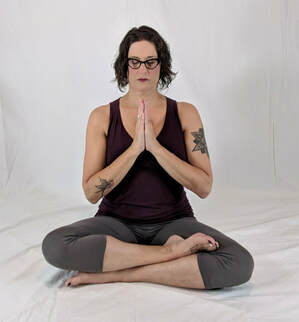 Setting Your Sankalpa with Anjali Mudra Intention setting, or creating a sankalpa, is an important first step toward using yoga as a healing practice. It serves as a reminder of your goals during this time.
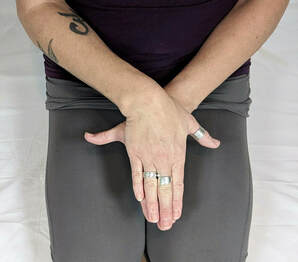 Matsya Mudra for Pain Matsya mudra may also help you to release muscular tension and send nourishing energy to the joints.
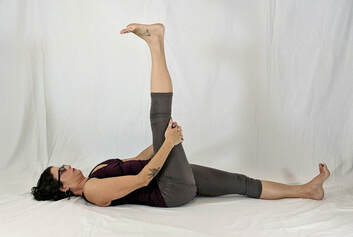 Reclining Floor Flow The reclining floor flow is a simple series of movements that may help to alleviate pain in the hips, lower spine and shoulders. It can be done on the floor or on a bed.
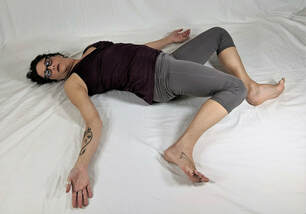 Windshield Wipers This reclining pose is helpful if you are feeling especially fatigued. It helps to release tension in the lower back and outer hips.
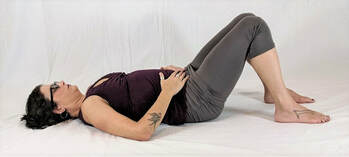 Adhama Svasa Pranayama (Belly Breath) Bringing conscious awareness to the natural breathing process can have a profoundly relaxing and healing effect on the mind and body. Breathing consciously into your lower belly breath activates the parasympathetic nervous system which reduces the level of stress hormones in your body and may lessen the experience of pain.
 Savasana (Relaxation Pose) It is important to give yourself a few minutes at the end of your practice to rest in stillness and silence so that the gifts of the practice can be fully integrated into your body and mind.
References
0 Comments
Leave a Reply. |
Index:Archives:
September 2022
I attend Cheryl's class regularly and feel that my practice has improved immensely over the past few years due to her expert coaching. Her teaching style is clear and compassionate and her previous experience in teaching adults is evident in her organized approach and easy to understand instructions. I also appreciate that Cheryl not only teaches us about how to correctly position ourselves, but also touches on many aspects of yoga philosophy, which in turn has deepened my personal practice and heightened my awareness of the connection between mind and body, breath and relaxation. |

 RSS Feed
RSS Feed
